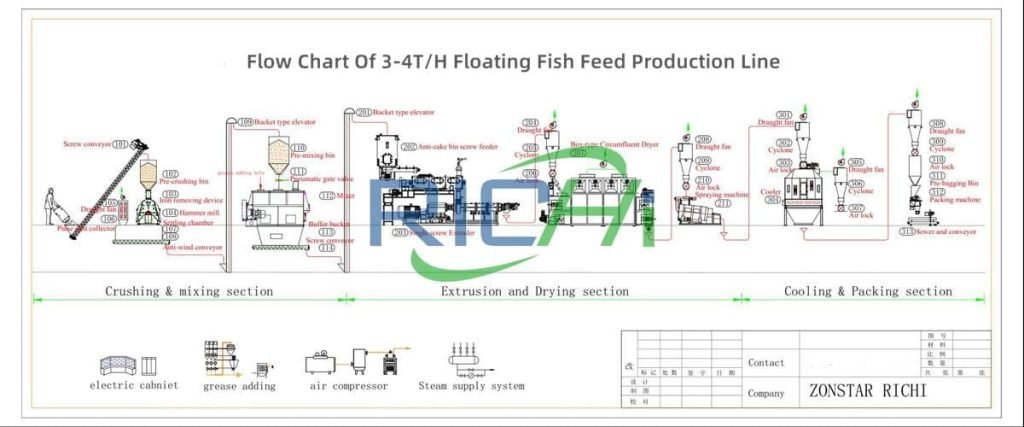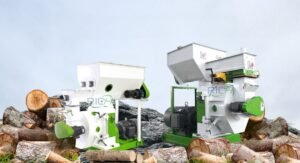
Fish farming has been on the rise globally, with more people adopting it as a source of income and food. One of the critical factors in the success of fish farming is the type and quality of feed given to the fish. This has led to the development of modern fish feed machines that have revolutionized the process of making fish feed. One question that often arises is the level of automation in these machines.
Modern fish feed machines have advanced over time, incorporating new technology and features that enhance their functionality. The level of automation in these machines varies depending on the manufacturer and the specific model. However, most modern fish feed machines are highly automated, making the process of producing fish feed fast, efficient, and precise.
One of the main areas where automation has been incorporated in modern fish feed machines is in the control system. The machines come with a user-friendly interface that allows the operator to control various aspects of the process, such as the temperature, moisture level, and mixing time. The control system also enables the operator to set specific parameters for each batch of fish feed, ensuring that the feed produced meets the required standards and specifications.
Another area where automation has been incorporated is in the mixing process. Modern fish feed machines come with a mixing chamber that has automated mixing blades. The mixing blades ensure that the ingredients are mixed thoroughly and evenly, resulting in a uniform and consistent product. The mixing process is also automated, with the machine controlling the mixing time and speed based on the parameters set by the operator.

In addition to the mixing process, modern fish feed machines also have an automated pelleting system. The pelleting system is responsible for shaping and compressing the mixed ingredients into pellets of the desired size and shape. The machines come with a die and roller system that shapes the pellets, and a cutting system that cuts the pellets to the desired length. The pelleting process is automated, with the machine controlling the pressure, temperature, and speed to ensure that the pellets produced are of the highest quality.
Modern fish feed machines also have an automated drying and cooling system. The drying and cooling system is responsible for removing excess moisture from the pellets and cooling them to room temperature. The machines come with a dryer that uses hot air to remove moisture from the pellets, and a cooler that uses ambient air to cool the pellets. The drying and cooling process is automated, with the machine controlling the temperature, humidity, and airflow to ensure that the pellets are dried and cooled to the desired level.
In summary, the level of automation in modern fish feed machines is high, with most machines incorporating advanced technology and features that enhance their functionality. The machines have automated control systems, mixing systems, pelleting systems, and drying and cooling systems. The automation ensures that the process of making fish feed is fast, efficient, and precise, resulting in a high-quality product that meets the required standards and specifications.
Furthermore, the level of automation in modern fish feed machines has several advantages:
- First, it improves the quality of the feed produced by ensuring that the ingredients are mixed thoroughly and evenly, and the pellets are of the desired size and shape.
- Second, it increases production efficiency by reducing the time and labor required to produce the feed.
- Third, it reduces the risk of human error, resulting in a consistent and reliable product.
- Finally, it allows for easy customization of the feed, with the operator able to set specific parameters for each batch.
In conclusion, the level of automation in modern fish feed machines is high, with most machines incorporating advanced technology and features that enhance their functionality. The automation ensures that the process of making fish feed is fast, efficient, and precise, resulting in a high-quality product that meets the required standards and specifications.






